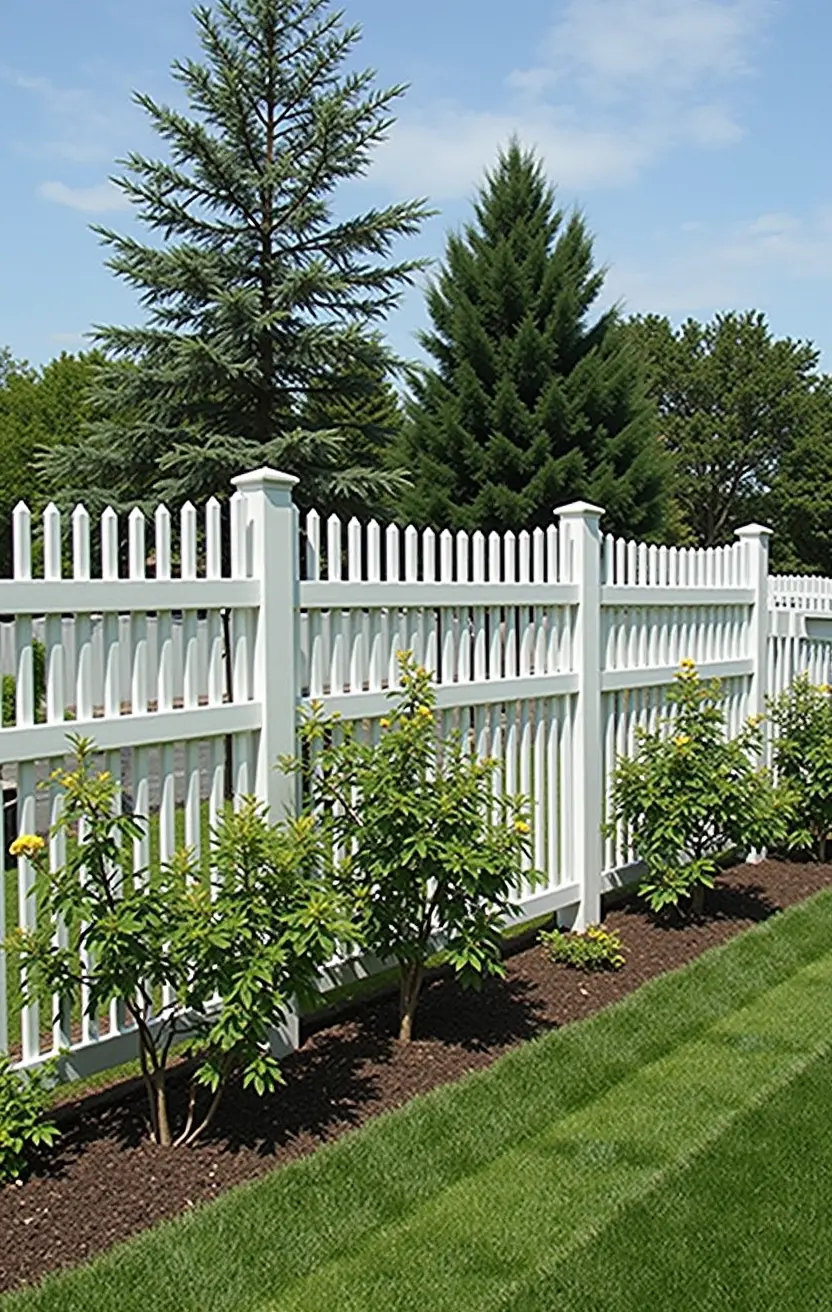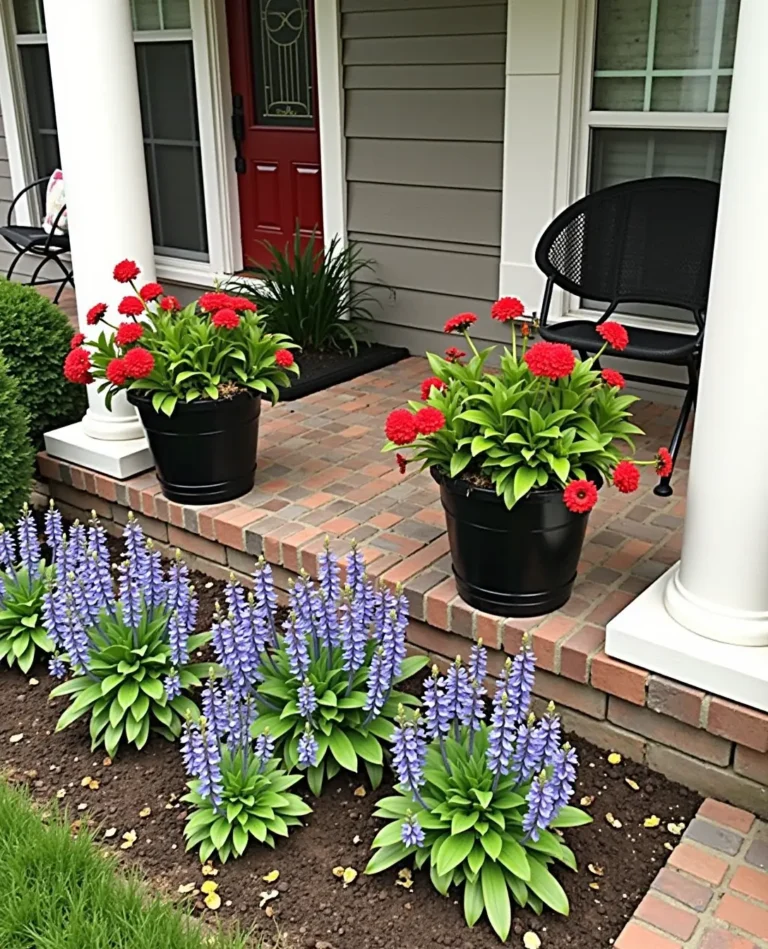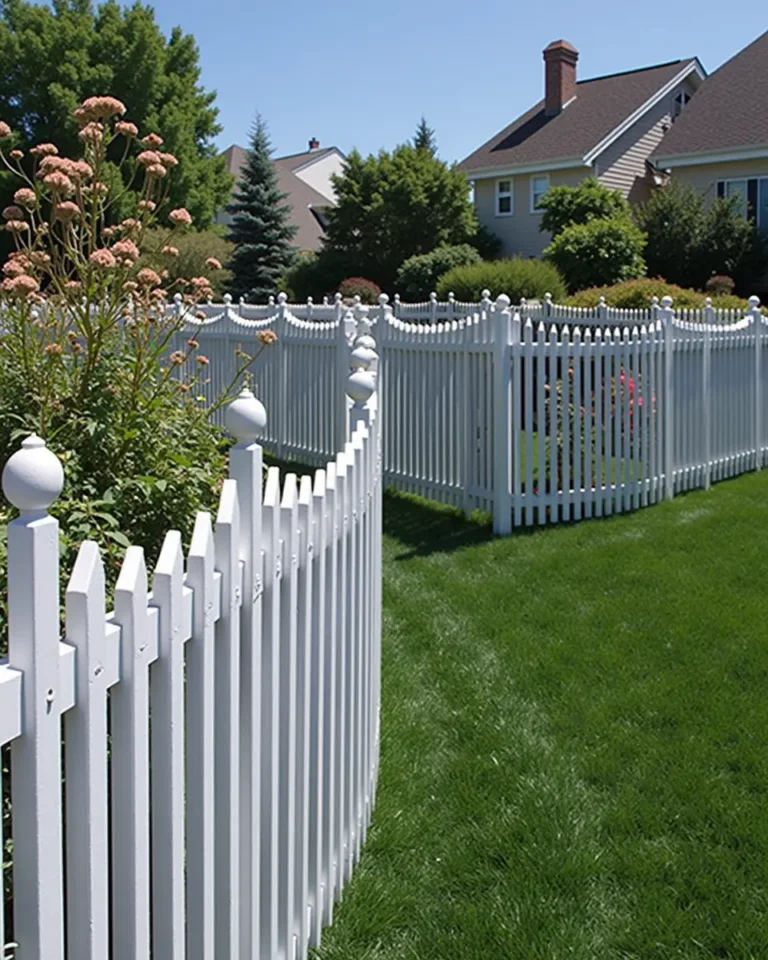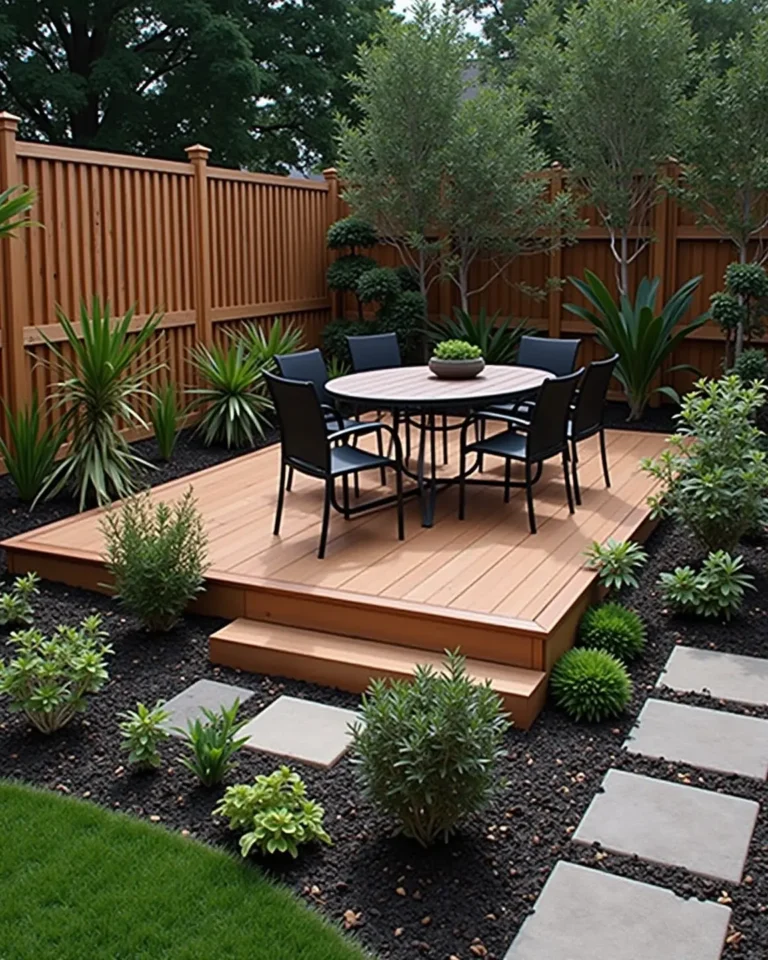Mastering Clematis Care: Grow, Prune, Propagate
Clematis Care: How to Grow, Prune, and Propagate the Queen of the Climbers
Introduction: The Allure of Clematis
Clematis, often known as the Queen of the Climbers, enchants gardeners with its stunning blooms and vigorous growth. It’s no wonder this perennial favorite graces trellises, fences, and arbors across gardens worldwide. Whether you’re a seasoned gardener or a curious beginner, understanding how to care for this exquisite plant can transform your outdoor space into a dazzling display of color and fragrance.
Choosing the Right Clematis Variety
Before diving into care tips, it’s essential to select the right clematis variety for your garden. With hundreds of species available, here are a few popular choices:
Clematis montana
This vigorous climber is perfect for covering large areas quickly, boasting delicate pink or white flowers in late spring.
Clematis jackmanii
With its deep purple blooms, this variety thrives in sunny spaces and is great for adding rich color to your garden.
Clematis viticella
Known for its ability to bloom repeatedly throughout the summer, this hardy plant features star-shaped flowers that come in various colors.
Planting Clematis: Steps for Success
Planting clematis may seem straightforward, but a few key steps can make all the difference.
1. Site Selection
Choose a location with well-drained, fertile soil and plenty of sunlight (at least six hours a day). Remember, while the tops love the sun, their roots prefer shade. Planting near low-growing plants is an effective strategy.
2. Preparing the Soil
Before planting, amend the soil with compost to improve fertility and drainage. This provides the essential nutrients clematis needs to thrive.
3. Planting Technique
Dig a hole two times wider than the root ball and deep enough to accommodate the roots comfortably. Ensure the crown is just above the soil level, then backfill and water thoroughly.
Essential Clematis Care Tips
Once planted, caring for your clematis is crucial for healthy growth.
Watering
Keep the soil moist but not soggy. During dry spells, deep watering encourages strong root development.
Fertilizing
Feed your clematis once in early spring with a balanced fertilizer. A second feeding in mid-summer can also be beneficial.
Mulching
Apply a layer of mulch around the base to retain moisture and keep the roots cool.
Pruning Clematis: Timing is Key
Understanding when and how to prune clematis can significantly impact its blooming potential.
Group 1: Early-Blooming Clematis
These types bloom on last year’s growth. Prune immediately after flowering to promote new growth.
Group 2: Mid-Season Bloomers
Prune in late winter or early spring. Cutting back to the first set of strong buds encourages vigorous growth.
Group 3: Late-Blooming Varieties
These can be cut back to around 12-18 inches in late winter, allowing for new growth and lush blooms in late summer.
Propagating Clematis: Sharing the Beauty
If you want to spread your love for clematis, propagation is an excellent option. Here are a few methods you can use:
From Seeds
Collect seeds after flowering and plant them in a pot of soil in the spring. Keep them moist until sprouting.
Using Cuttings
Early summer is the best time to take cuttings. Choose healthy stems and place them in a moist potting mix, covering with a plastic bag until roots form.
Layering Technique
Bend a flexible stem to the ground and cover with soil, leaving the tip exposed. This technique allows the plant to root while still attached to the parent plant.
Common Pests and Problems
Like any plant, clematis can face challenges. Here are a few tips to keep your plant healthy.
Identifying Pests
Look for signs of aphids, snails, or spider mites. Handpicking or washing them off often suffices.
Fungal Issues
Avoid over-watering to deter fungal diseases. Applying a neem oil spray can help treat existing issues.
Conclusion: Your Garden Awaits
Caring for clematis may require effort, but the rewards are immense. With a bit of patience, you’ll soon enjoy a flourishing display of vibrant flowers that can make your garden the talk of the neighborhood. Remember, nature takes its time, and your clematis will thrive with the right care and attention.
FAQs on Clematis Care
1. How often should I water my clematis?
Water your clematis once a week, ensuring the soil is moist but not soggy.
2. What is the best time to prune clematis?
It depends on the type; generally, you’ll prune after blooming or in late winter.
3. Can clematis grow in containers?
Yes, they can thrive in containers, provided the pots are large enough and have proper drainage.
4. How do I protect my clematis during winter?
Apply a thick layer of mulch around the base to insulate the roots from frost.
5. What’s the best fertilizer for clematis?
A balanced, slow-release fertilizer works well, especially one high in phosphorus.
Take the Plunge!
With this guide in hand, you’re ready to embark on your clematis journey. Get out there and let your gardening adventure begin!”






